Crypto IRA Investments: How to secure your future
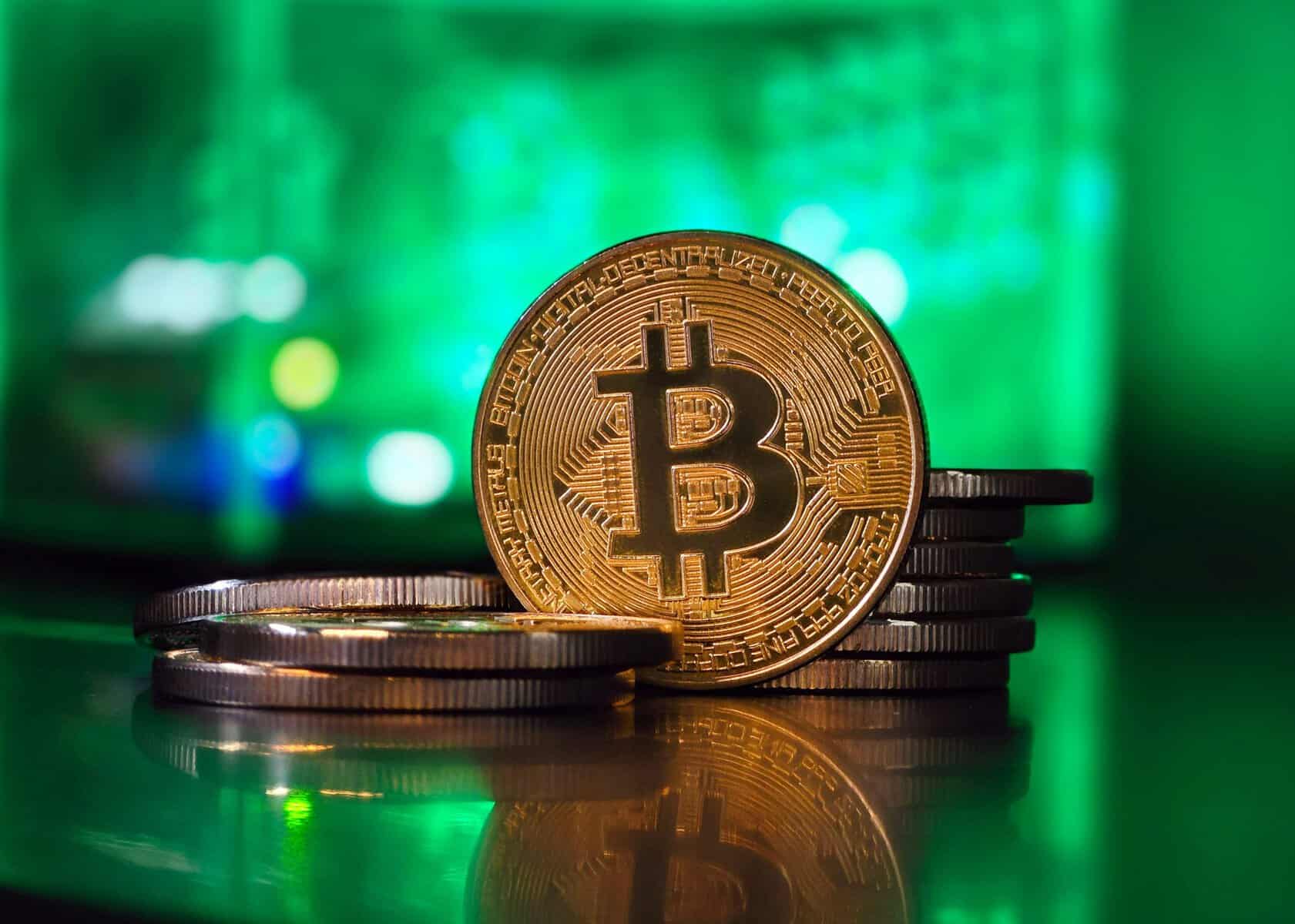
Crypto IRA investments are becoming a popular way to diversify retirement portfolios.
By including cryptocurrencies like Bitcoin, Ethereum, and Litecoin in your retirement strategy, you gain access to an asset class with high growth potential and protection against market volatility.
In this guide, we'll explore how crypto IRA investments work, why they're gaining popularity, and how you can start building a more robust financial future with this innovative investment option.
For centuries, Gold and Silver have stood as the pinnacle of wealth preservation, trusted across cultures and generations as reliable stores of value. Consequently, these precious metals have been lauded for their stability, scarcity, and the protection they offer against inflation and economic uncertainty.
However, the advent of digital currencies, particularly Bitcoin and Ether, has challenged these traditional roles, sparking a global debate: Can cryptocurrencies serve as the new Gold and Silver in the digital age? The answer is probably not, as cryptocurrencies come with a higher level of risk compared to precious metals.
In fact, this does not mean that they can't be rewarding if the investment is done correctly.
This article delves into this comparison, exploring whether Bitcoin and Ether can truly be considered the digital counterparts to Gold and Silver. We will examine their historical roles, technological underpinnings, market performances, and the increasing interest from institutional investors.
By the end of this exploration, we aim to provide a comprehensive understanding of the potential of Bitcoin and Ether as modern stores of value.
Why Invest in a Crypto IRA?
Gold and Silver in Ancient Economies

Gold and Silver have been integral to human civilization for thousands of years, revered for their beauty and rarity. From the earliest civilizations of Mesopotamia and Egypt to the empires of Rome and Persia, these metals were symbols of power and wealth.
Gold, in particular, was often associated with the divine and was used in the crafting of religious artifacts, jewelry, and coins.
Silver, while less precious than Gold, played a crucial role in trade and commerce, especially as civilizations expanded. It was used in everyday transactions, with many ancient economies, including the Roman Empire, minting Silver coins as a primary currency.
These metals' physical properties—durability, malleability, and resistance to corrosion—made them ideal for use as money, a role they played for millennia until the advent of modern banking and paper currencies.
Gold and Silver as Monetary Standards
The use of Gold and Silver as monetary standards has a rich history. The Gold Standard, which linked a country's currency to a specific quantity of Gold, provided a stable basis for international trade and finance. In fact, this system ensured that currencies had intrinsic value and prevented governments from printing money indiscriminately, thus controlling inflation.
Silver also played a significant role, especially in the bimetallic standard, where both Gold and Silver were used as legal tender. However, the discovery of vast Silver mines in the New World led to its devaluation, and by the late 19th century, many countries had moved towards a Gold-only standard.
The Gold Standard persisted until the 20th century, when economic pressures from wars and depressions led to its decline.
The United States officially abandoned the Gold Standard in 1971 after an act of the President Nixon.
Consequently, the entire system transitioned to fiat currency, where money is backed not by physical commodities but by government decree.
Despite this shift, Gold and Silver have retained their roles as safe-haven assets, offering protection against economic instability and currency devaluation.
Cryptocurrencies for Retirement Accounts
Bitcoin: The Birth of Digital Gold
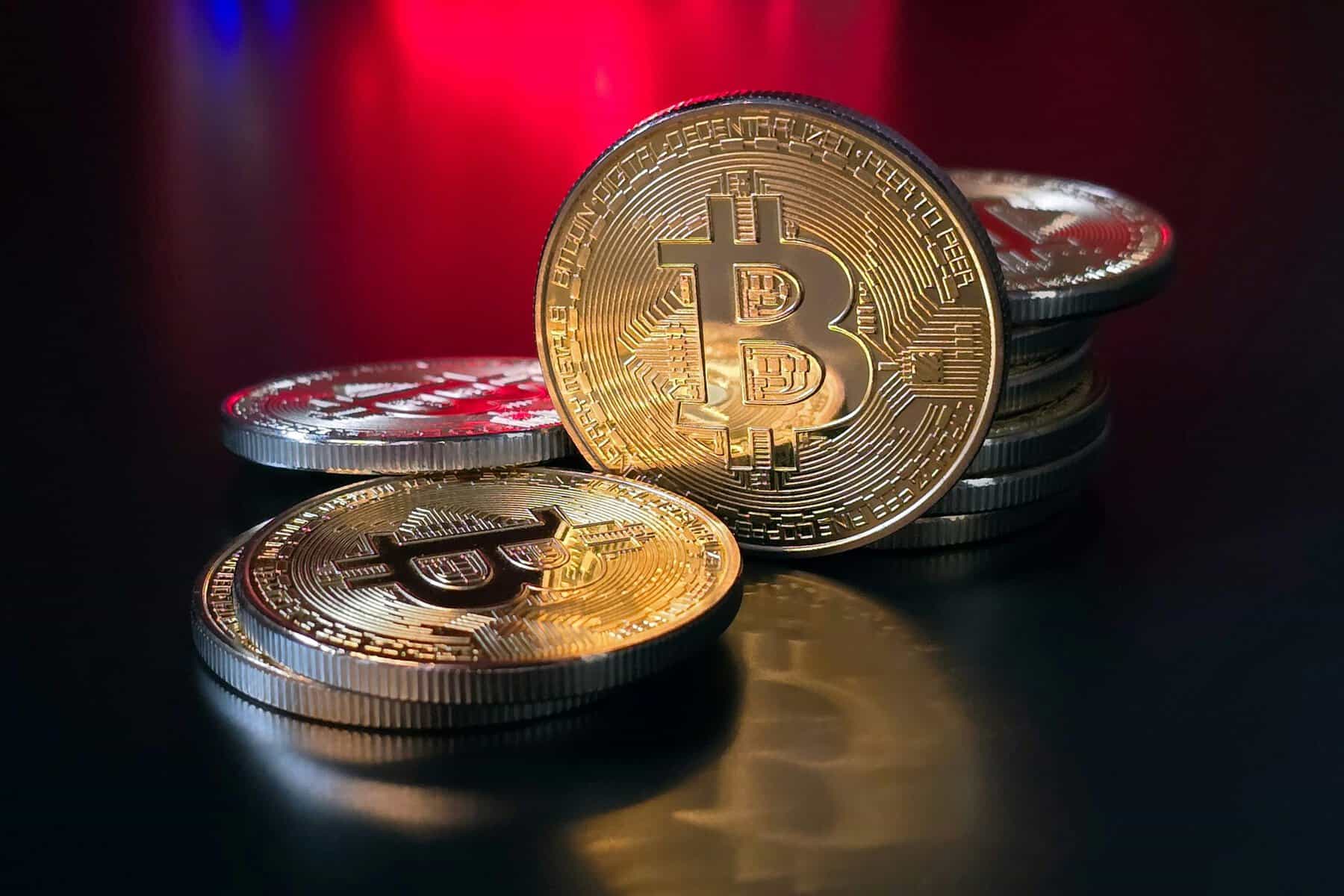
Bitcoin was created in 2008 by the pseudonymous Satoshi Nakamoto, who introduced it as a decentralized digital currency. Unlike traditional currencies, Bitcoin operates on a peer-to-peer network using blockchain technology, a distributed ledger that records transactions across a network of computers. Crypto IRA investments became reality after exploring the possibility to encompass part of the retirement funds into cryptocurrencies as a form of investment for long-therm protection.
The most distinctive feature of Bitcoin is its fixed supply: only 21 million Bitcoins will ever exist. This scarcity, akin to that of Gold, is one of the reasons why Bitcoin is often referred to as "Digital Gold." Its decentralized nature means it is not controlled by any government or financial institution, making it an attractive option for those seeking an alternative to traditional financial systems.
Over the years, Bitcoin has grown from a niche technology to a major asset class, with a market capitalization surpassing that of many traditional companies. Its role as a store of value has been increasingly recognized, particularly in the context of economic crises and inflationary pressures.
Ethereum: Beyond Currency
While Bitcoin was designed as a digital currency, Ethereum, launched in 2015 by Vitalik Buterin, expanded the possibilities of blockchain technology. Ethereum introduced the concept of smart contracts—self-executing contracts with the terms of the agreement directly written into code.
This innovation allowed for the creation of decentralized applications (dApps) on the Ethereum blockchain. As a result, Crypto IRA investments can also include Ethereum.
Ether, the native cryptocurrency of the Ethereum network, serves as fuel for these applications. Unlike Bitcoin, which is primarily a store of value, Ether is used to facilitate transactions and operations within the Ethereum ecosystem. Its role in powering dApps and smart contracts has led to its description as "Digital Silver," though its use cases extend far beyond those of traditional Silver.
Ethereum's flexibility and wide-ranging applications have made it a central player in the development of decentralized finance (DeFi), non-fungible tokens (NFTs), and other emerging technologies. This has driven significant growth in Ether's value and cemented its position as the second-largest cryptocurrency by market capitalization.
Bitcoin vs. Gold: A Comparative Analysis
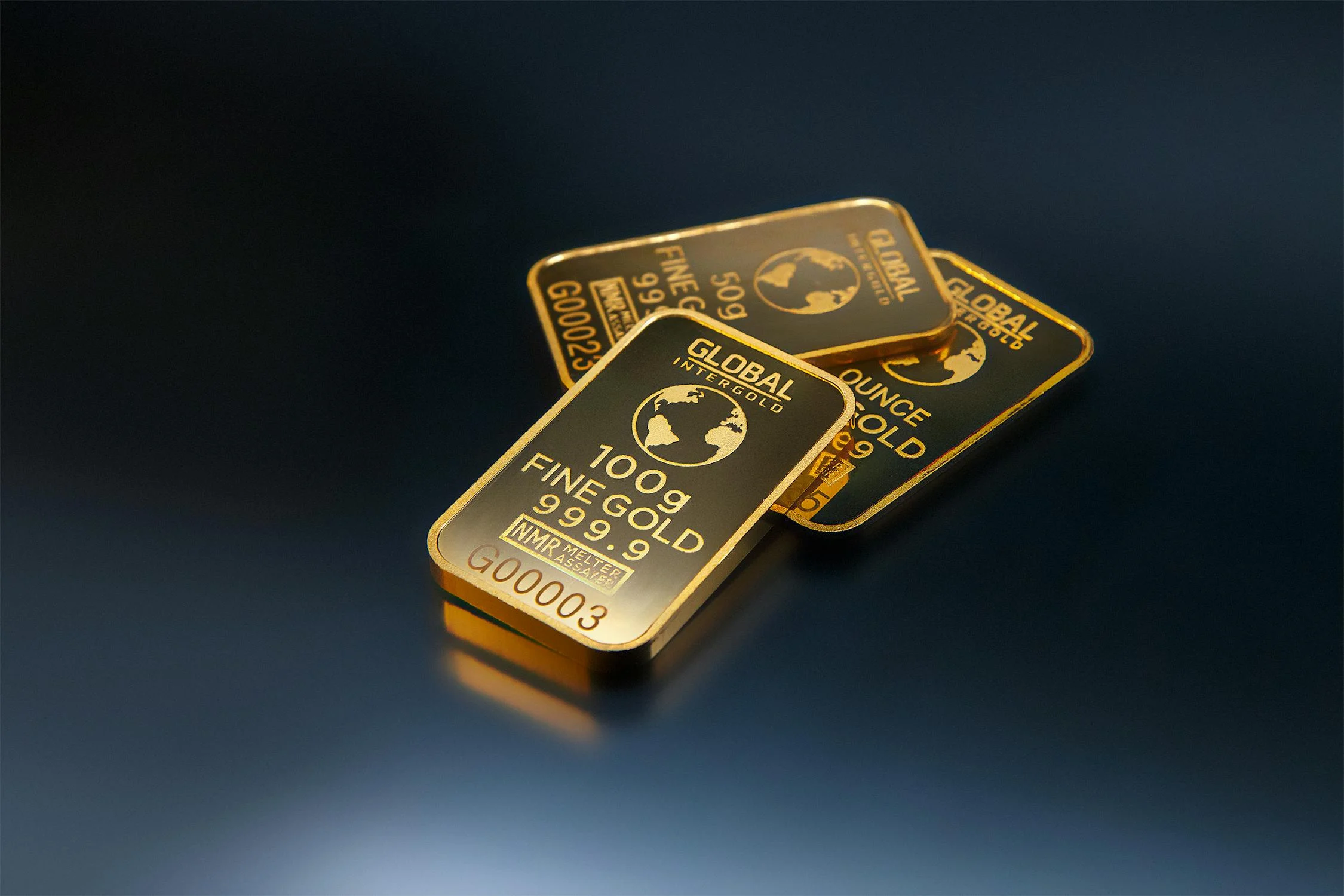
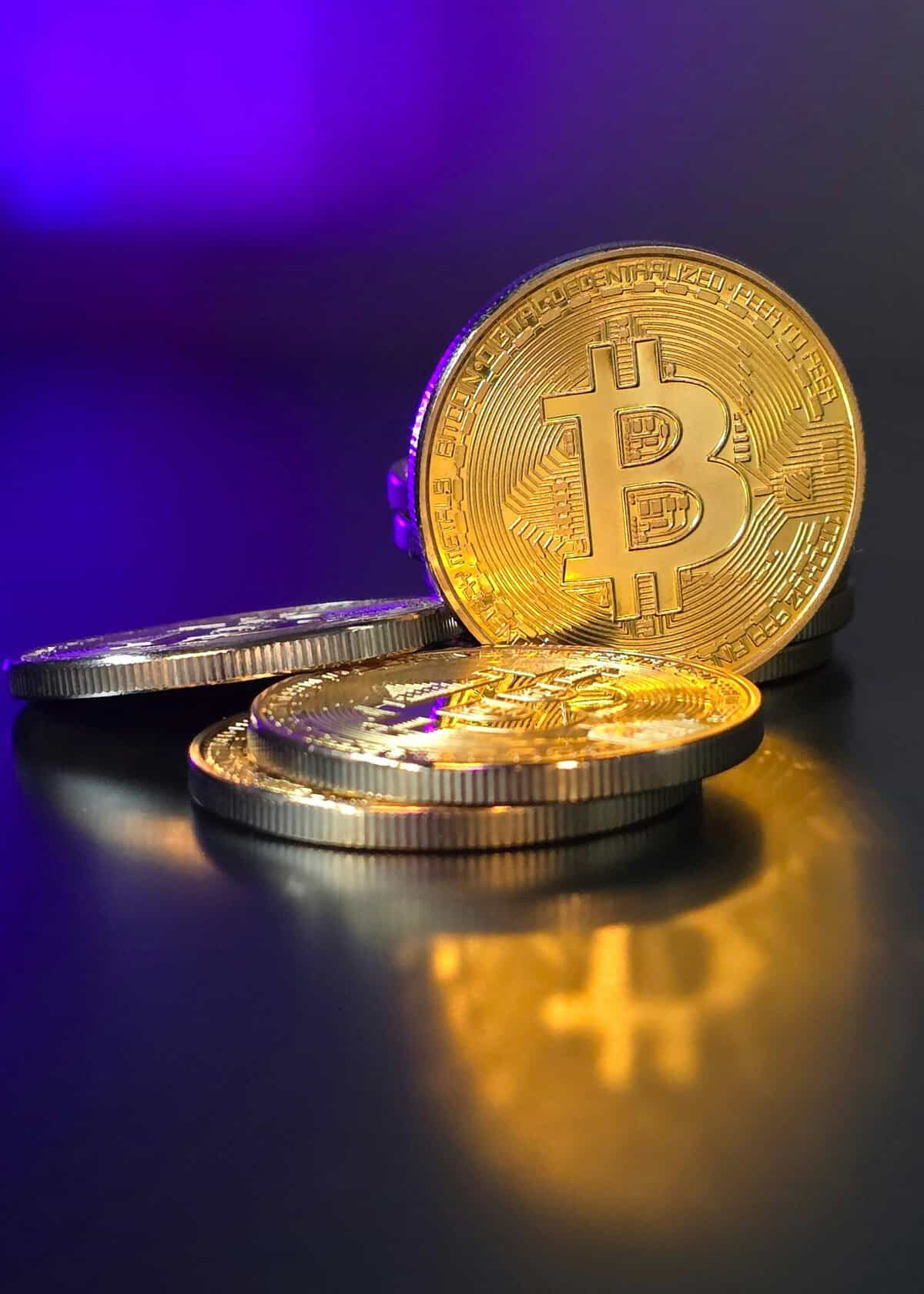
Gold has long been considered the ultimate store of value, maintaining its purchasing power over centuries. Its scarcity, physical properties, and universal acceptance make it a reliable asset in times of economic uncertainty. Thus, investors turn to Gold as a hedge against inflation, currency devaluation, and market volatility.
Bitcoin shares many of these characteristics, particularly its scarcity and deflationary nature. The limited supply of Bitcoin, coupled with its decentralized network, positions it as a potential store of value in the digital age. However, Bitcoin's relative novelty and high volatility have raised questions about its ability to consistently preserve value over time. Crypto IRA investments are of course influenced by this level of incertitude, as they include all the benefits and risks of cryptocurrencies investments.
While Gold's price has remained relatively stable, with slow and steady appreciation, Bitcoin's price movements have been much more dramatic. The cryptocurrency has seen significant appreciation, but it has also experienced sharp declines.
As a result, this volatility makes Bitcoin a higher-risk investment compared to Gold, though it also offers the potential for higher returns.
Ether vs. Silver: A Comparative Analysis
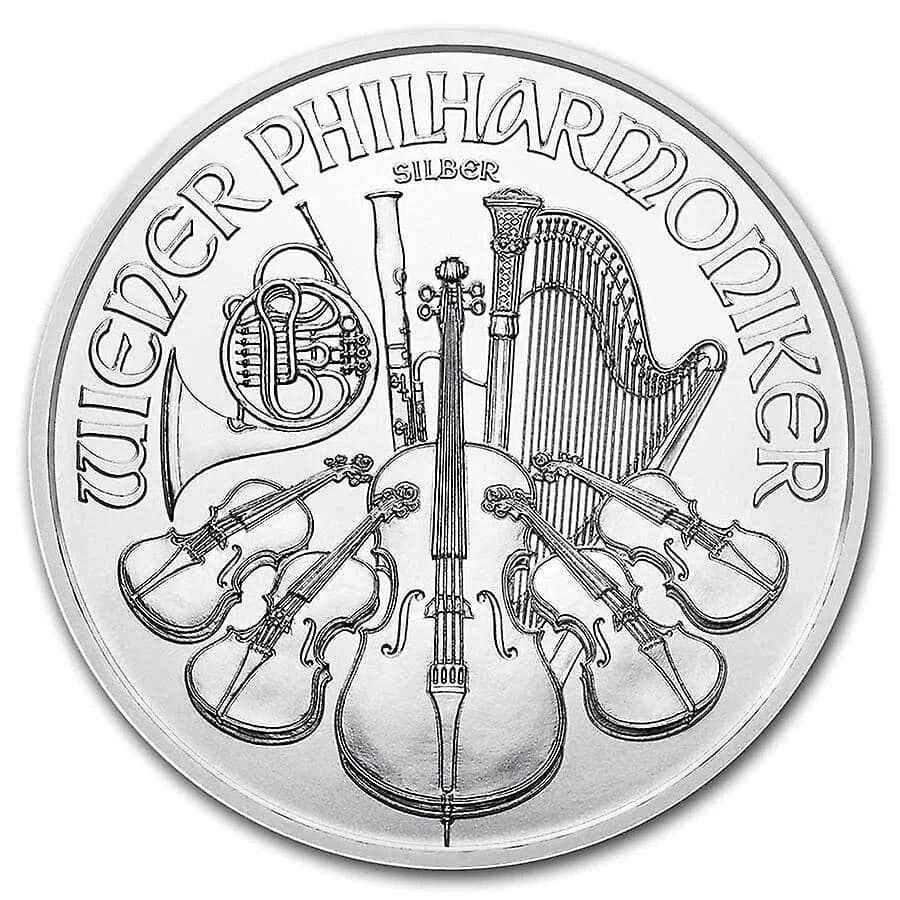
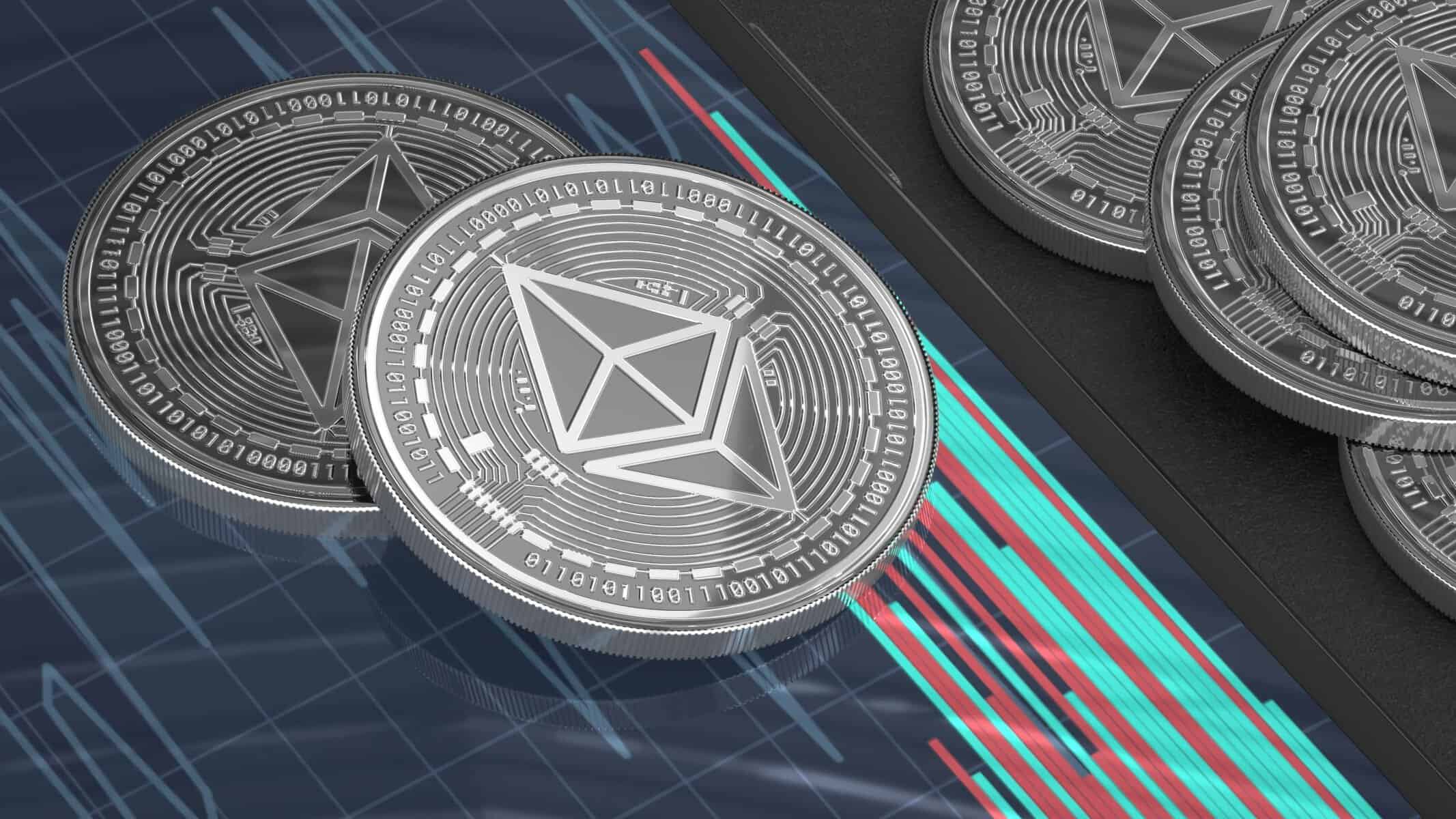
Silver's value is derived not only from its role as a precious metal but also from its wide range of industrial applications. It is used in electronics, solar panels, medical devices, and various other technologies due to its conductivity and antimicrobial properties. This dual demand drives Silver's price and makes it a versatile investment.
Ether, on the other hand, derives its value from its role within the Ethereum network. As the fuel for decentralized applications, Ether is essential for executing smart contracts and powering dApps. This digital utility gives Ether a different type of demand compared to Silver, one that is tied to the growth and adoption of the Ethereum network.
While Silver's price is influenced by both industrial demand and its role as a safe-haven asset, Ether's value is closely linked to the success of Ethereum as a platform. Consequently, this makes Ether more speculative, as its future value depends on continued innovation and adoption within the blockchain ecosystem.
Final Thoughts
As the world continues to evolve and the digital economy expands, the roles of traditional assets like Gold and Silver are being reexamined in light of new technologies. Bitcoin and Ether have emerged as potential digital counterparts to these precious metals, offering new opportunities for wealth preservation and growth in an increasingly interconnected world.
Bitcoin, with its fixed supply and decentralized network, shares many characteristics with Gold, making it a potential store of value in the digital age. Ether, with its utility within the Ethereum network, offers a different type of value proposition, one that extends beyond mere speculation to the very infrastructure of the future internet.
However, while these digital assets offer exciting possibilities, they also come with risks, particularly due to their volatility and the still-developing regulatory environment. As such, investors should approach Bitcoin and Ether with careful consideration, understanding that while they may offer the potential for high returns, they also carry significant risks.
In conclusion, while Bitcoin and Ether may not entirely replace Gold and Silver, they certainly offer compelling alternatives and additions to a diversified portfolio, particularly for those looking to embrace the future of digital finance.
For more information, we suggest you to take a look at the IRS website.
FAQ
Cryptocurrency is a digital or virtual form of currency that uses cryptography for security. It operates independently of a central bank.
.
To start investing, you need to choose a reliable exchange, create an account, and purchase cryptocurrency using fiat money or other digital assets.
Cryptocurrency investments can be volatile and involve risks. It’s essential to research thoroughly and consider your risk tolerance before investing.
Cryptocurrencies can be stored in digital wallets, which come in various forms like hardware wallets, software wallets, and paper wallets.
Bitcoin was the first cryptocurrency and is often referred to as digital gold. Other cryptocurrencies, known as altcoins, can have different features and use cases.
Security practices include using strong, unique passwords, enabling two-factor authentication, storing your assets in cold wallets, and staying informed about phishing and other scams.
Yes, most exchanges charge trading fees, withdrawal fees, and sometimes deposit fees. The fee structure can vary between exchanges.
Cryptocurrency investments are generally subject to capital gains tax. Tax laws vary by country, so it's advisable to consult a tax professional.
Yes, many businesses accept cryptocurrency as a form of payment. However, the adoption rate varies depending on the region and the specific cryptocurrency.
The future of cryptocurrency is uncertain, but it is widely believed that digital currencies will continue to evolve and become more integrated into the global financial system.